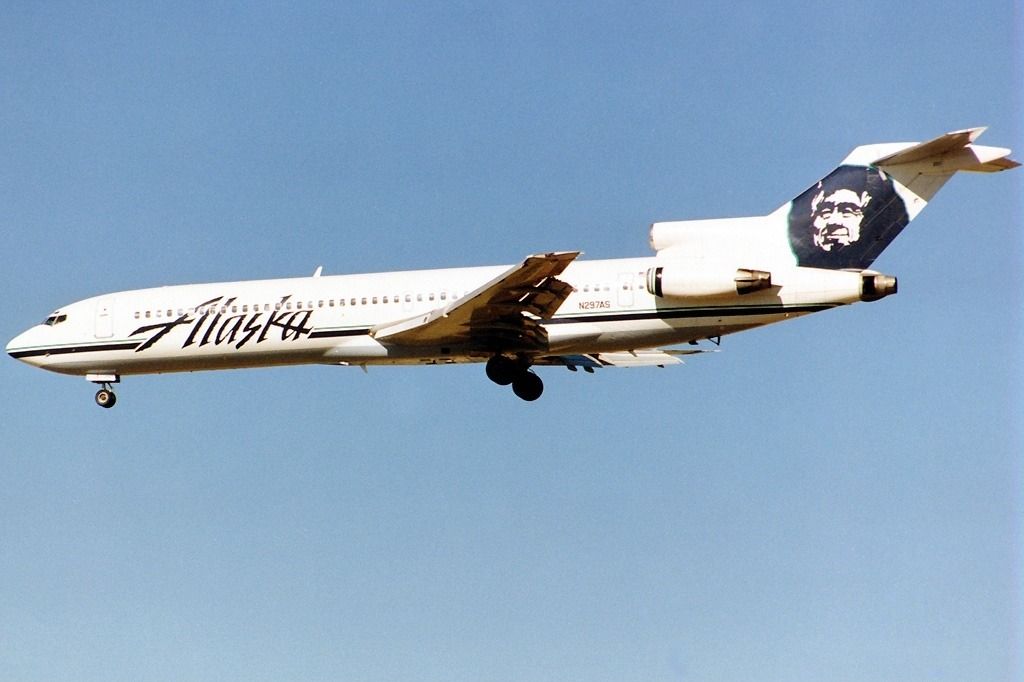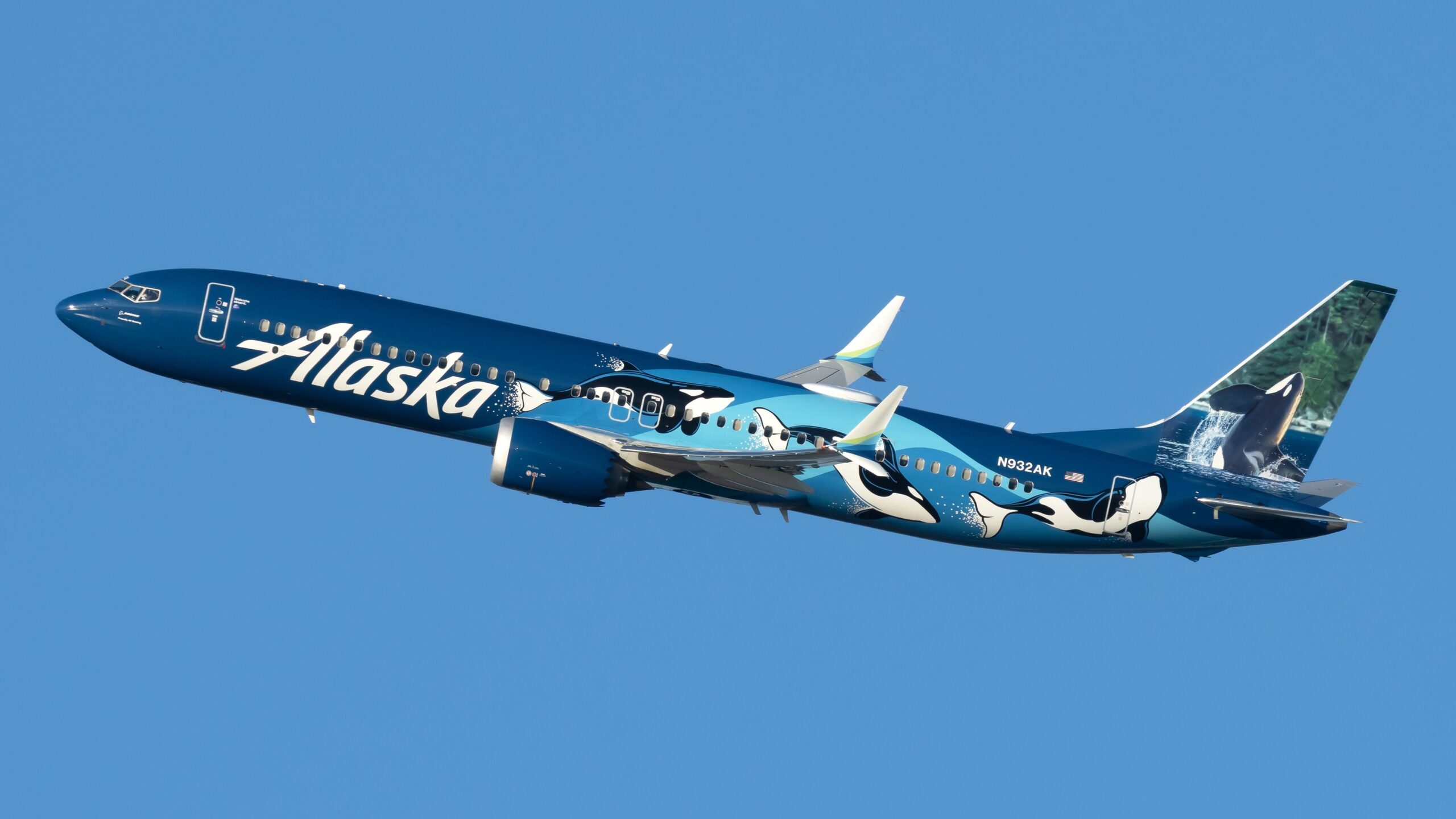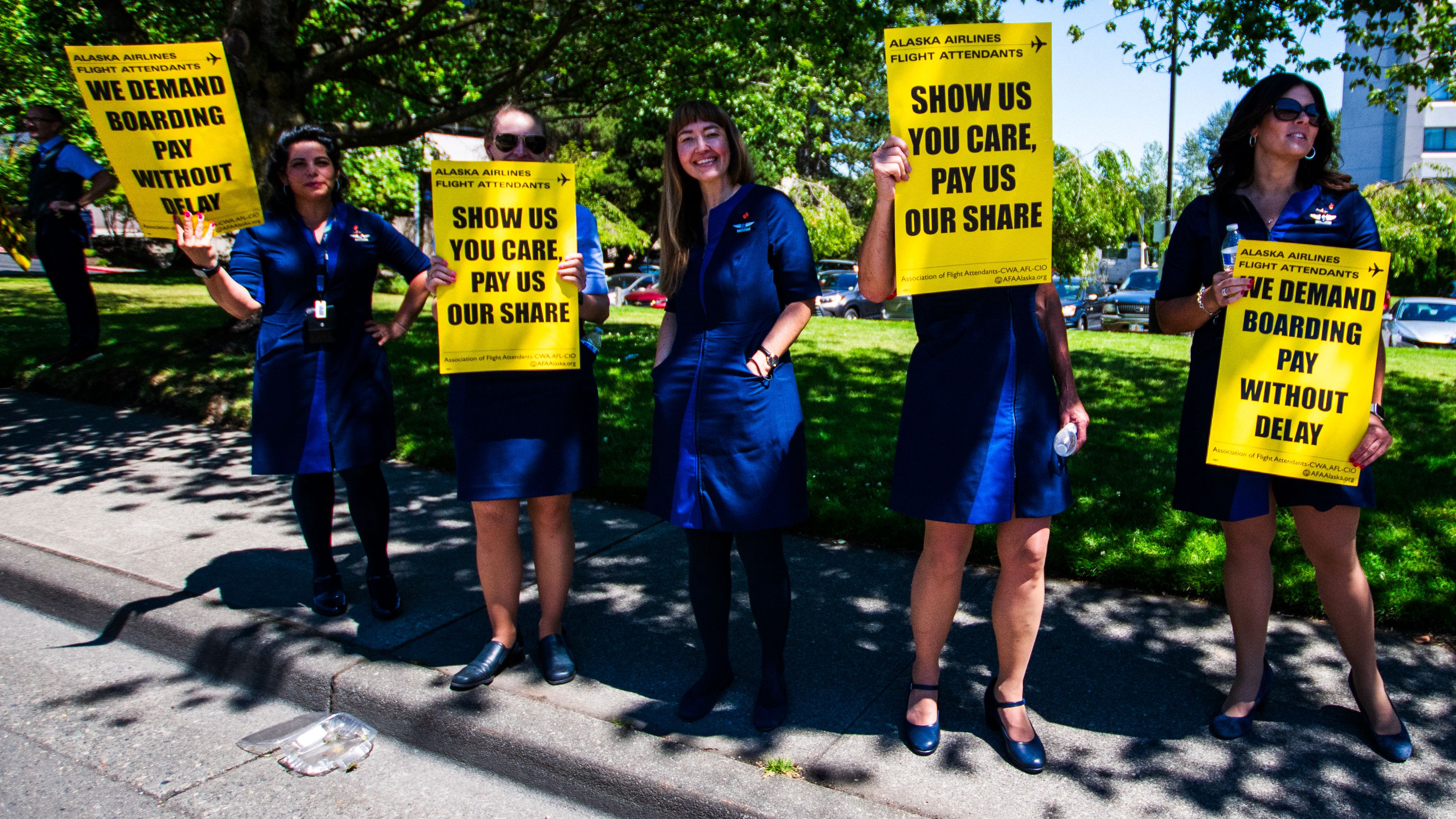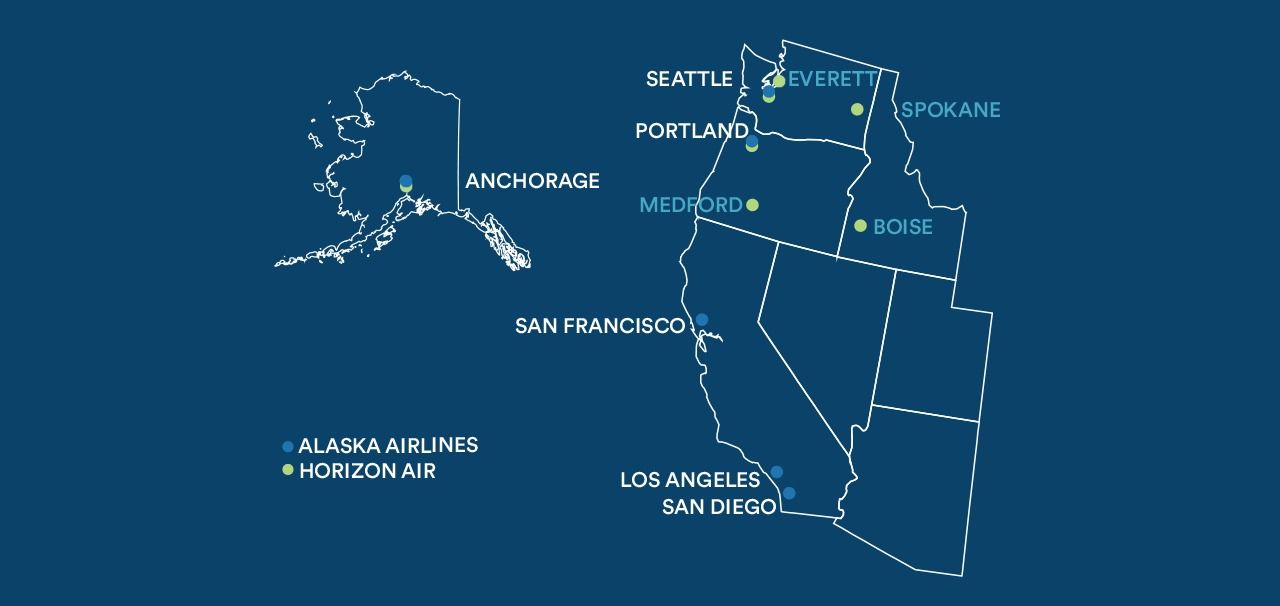Summary
- 37% of Alaska Airlines flight attendants have had to rely on government assistance due to receiving low pay.
- 9% live out of their car, and 10% live with their parents to afford housing.
- 99% of flight attendants authorized a strike due to low pay, suggesting an increasing strike risk.
The Association of Flight Attendants Alaska (AFA Alaska), the union representing Alaska Airlines flight attendants, has come forward with the results of an affordability survey. AFA Alaska had 52% of members complete the survey, finding that 79% of respondents are experiencing financial insecurity.
Low pay creates financial stress
The AFA Alaska survey exposes that low flight attendant pay is creating financial stress. Of the respondents, 37% reported having to receive government assistance, such as food banks or the Supplemental Nutrition Assistance Program (SNAP), in the past five years of being Alaska Airlines flight attendants.
Additionally, 9% of responding flight attendants reported living out of their car, while another 10% live with parents to afford housing. 43% of responding flight attendants reported having multiple roommates, which is normal for flight attendants starting out. Additionally, a quarter of respondents reported overdrawing their checking account more than six times a year – or requiring more funds than on hand.
Finally, 59% of flight attendant respondents report not having $500 on hand monthly, and 71% of respondents report not having three months of basic expenses on hand for emergencies. Like many in the US aviation industry, Alaska Airlines flight attendants are clearly under financial stress at current pay rates.
Increasing strike risk
With this level of financial stress, it’s clear why 99% of flight attendants voted to authorize their leaders to call a strike if an impasse is reached in negotiations with Alaska Airlines on February 13. As AFA Alaska President Jeffrey Peterson explained in a May 9 Association of Flight Attendants-CWA, AFL-CIO (AFA) statement,
“By dragging out contract negotiations, management is harming Flight Attendants. Enough delay. We demand a fair contract now. The time has come for management to reach an agreement or face CHAOS™.”
Regarding CHAOS, what Peterson refers to is the patented AFA strike strategy of random walkouts once released by the National Labor Relations Board. One can read about the CHAOS strategy’s first use with the 1993 Alaska Airlines CHAOS strike below:

Related
What Was The Alaska Airlines CHAOS Strike In 1993?
Newspaper accounts weave a history from the time.
But that is not all the story.
High costs of living add pressure also
The current six flight attendant bases of Anchorage, Portland, Los Angeles, Seattle, San Francisco, and San Diego are among the highest cost of living cities in the United States. Flight attendants board flights from these bases to service the Alaska Airlines network.
Graphic: Alaska Air Group
72% of flight attendant respondents replied that the flight attendant pay is not the minimum livable wage for their Alaska Airlines base. Additionally, over 29% of respondent flight attendants report commuting over 100 miles to a base airport.
American Airlines flight attendants in similar situation
American Airlines flight attendants face similar issues. As found by View From the Wing, American Airlines has given her new flight attendants letters attesting to the low pay.
As regular readers are aware, currently the airlines’ flight attendant union the Association of Professional Flight Attendants (APFA) has sought release to strike from the National Mediation Board (NMB) for the second time. There was a May 9 picket that included a site in front of The White House to campaign peacefully for the labor supprotive Biden Administration to pressure the NMB to grant the release.
Bottom line
Alaska Airlines flight attendants’ current base pay is $24.95 before some enhancements. That’s insufficient for flight attendants’ financial independence. The AFA Alaska survey indicates that flight attendants are going through financial stress.
According to the Seattle Times, Alaska Airlines executives make huge salaries and bonuses. These range from $10.3 million for CEO Ben Minicucci to $5.6 million for the Chief Financial Officer Shane Tackett and $4.6 million for Chief Operating Officer Constance von Muehlen. There is a clear insulation between airline executives and frontline employees.
Photo: Joe Kunzler | Simple Flying
In contrast, as AFA International President Sara Nelson, pictured above, shared in the statement,
“Management’s delays in negotiating a fair contract is unconscionable. Workers power airline profits. Financial stability, more control of our time, and a good future is not too much to ask in return. It’s simple: Pay Us or CHAOS.”
Ultimately, the survey warned that 30% of respondents are considering leaving the flight attendant career field, and 19% have sought new employment. One wonders, if there was a 19% turnover of executives, whether an airline or other large firm would be perceived as successful.
What are your impressions? Please share with civility in the comments.





